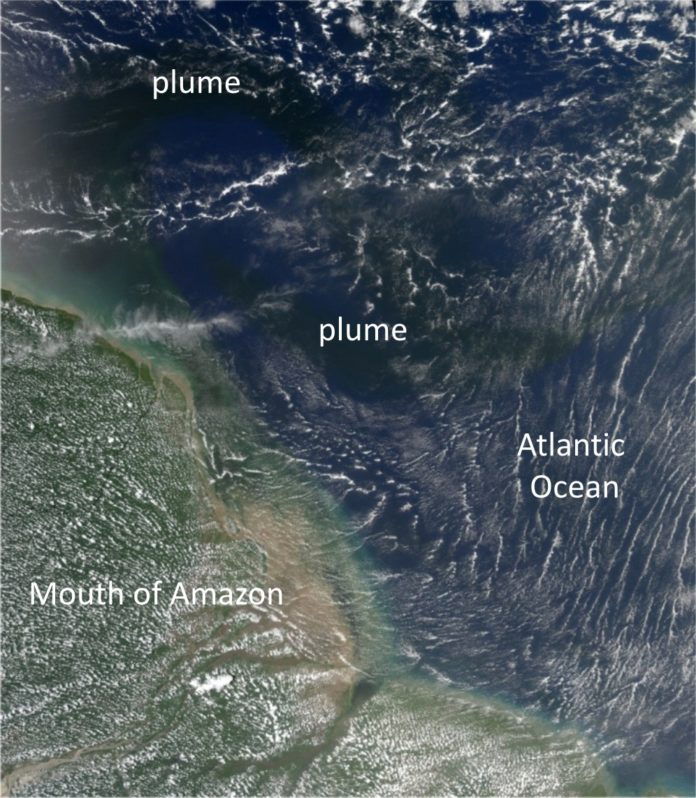Rivers release yearly 248 teragrams (248 000 grams) of earthly broke up natural carbon from the landmasses to the sea. The lion’s share of earthbound broke down natural carbon is headstrong against microbial mineralization in the sea, however sunlight based radiation can photochemically mineralize some portion of it into carbon dioxide.
According to a new study by the University of Jyväskylä, solar radiation mineralizes 45 teragrams of terrestrial dissolved organic carbon in the ocean. This larger amount is associated with photochemical mineralization in the lakes and the reservoirs.
Consequently, sun-oriented radiation mineralizes earthly broke up natural carbon more in the sea than in the inland waters.
Anssi Vähätalo, the leader of the research group said, “The export of terrestrial dissolved organic carbon from inland water to the ocean is faster than its photochemical mineralization in the inland waters. When terrestrial dissolved carbon enters the ocean, it will quickly spread into river plumes. The area of these river plumes, where the photochemical mineralization takes place, is 34 million square kilometers, for example about three times the area of Europe.”
A link to the study.
